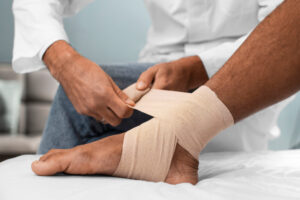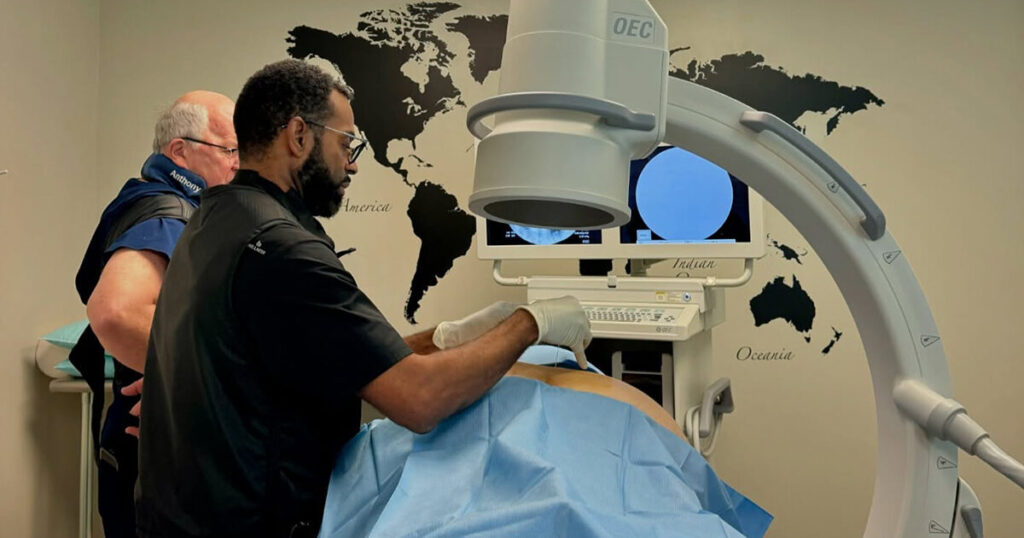What Sports Have the Most Injuries? A Complete Breakdown
Sports play an essential role in promoting physical health, teamwork, and discipline. However, they also come with risks, and certain sports are more prone to injuries than others. Many athletes, parents, and coaches often ask: What sports have the most injuries? Knowing the answer is essential for both preventing injuries and responding appropriately when they occur.
By examining the most common sports-related injuries, the reasons behind them, and how to manage recovery, you can make informed decisions about athletic participation.
In this article, we’ll take a complete look at which sports carry the highest risk, what types of injuries are most common, and how medical experts, including orthopedic specialists like Dr. Gus J. Leotta at IntegraMed, approach treatment and prevention.
What Sports Have the Most Injuries? Key Statistics to Know
When we ask what sports have the most injuries, it’s important to note that the answer depends on factors like age, level of play, and gender. According to the U.S. Centers for Disease Control and Prevention (CDC), millions of sports injuries occur every year in both youth and adult athletes. Sports that involve high contact, speed, or repetitive strain tend to carry the greatest risk.
Football, basketball, and soccer consistently rank at the top in terms of injury numbers in the United States, while gymnastics and cheerleading also have high injury rates due to the physical demands and risks of falls. These numbers highlight why athletes, coaches, and families should be proactive about safety and injury management.
The Top Sports with the Most Injuries in the U.S.

Understanding which sports are linked with the highest number of injuries can help athletes make informed choices and encourage preventive care. Below is a breakdown of sports most commonly associated with injuries:
Football
Football has one of the highest injury rates in the country. Due to its full-contact nature, players frequently suffer from concussions, ligament tears, and fractures. Knee and ankle injuries are particularly common, as are shoulder dislocations.
Basketball
Basketball players often face ankle sprains, knee injuries, and finger fractures. Quick directional changes, frequent jumping, and collisions with other players contribute to these injuries.
Soccer
Soccer injuries often involve the lower extremities, particularly the knees and ankles. ACL tears and muscle strains are common, and head injuries from collisions or heading the ball can also occur.
Other sports with high injury rates include baseball, cheerleading, gymnastics, wrestling, and ice hockey. Each carries its unique risks but shares one common thread: the physical intensity of the activity.
What Types of Injuries Are Most Common in These Sports?

When asking what sports have the most injuries, it’s also important to look at what types of injuries happen most often. The kind of sport often determines the injury pattern. High-contact sports like football and hockey see more concussions and fractures, while sports like basketball and soccer see more ligament tears and sprains. Overuse sports, such as tennis or gymnastics, commonly lead to repetitive stress injuries.
The most frequent sports-related injuries include:
- Sprains and strains (ligament or muscle injuries)
- Fractures (broken bones)
- Dislocations (joints forced out of position)
- Concussions (traumatic brain injuries)
- Tendonitis and overuse injuries (chronic pain from repetitive motions)
These injuries vary in severity, but all require appropriate medical attention to ensure safe return to activity.
How to Prevent Sports Injuries Effectively
While we can’t eliminate all risks, prevention strategies significantly reduce the likelihood of getting hurt. Parents, coaches, and athletes should focus on conditioning, technique, and proper equipment. Preventing injuries is not only about protecting athletes physically but also about preserving their confidence and mental well-being.
5 Ways to Help Prevent Sports Injuries:
- Warm up and cool down properly before and after practices or games.
- Wear appropriate protective gear, such as helmets, mouthguards, or ankle braces.
- Focus on strength and flexibility training to stabilize joints and muscles.
- Practice proper technique under the guidance of coaches and trainers.
- Rest and recover, overtraining is a leading cause of overuse injuries.
Athletes in places like Miami, FL, can also benefit from sports medicine clinics that specialize in prevention and rehabilitation programs tailored to each sport.
Treatment and Recovery Options for Sports Injuries

If an injury occurs, knowing where to turn for help is essential. Immediate care often involves the RICE method: Rest, Ice, Compression, and Elevation. However, more severe injuries may require physical therapy, medication, or even surgery. Orthopedic specialists like Dr. Gus J. Leotta III at IntegraMed, are highly experienced in diagnosing and treating both acute and chronic sports injuries.
Many athletes also explore complementary care, including chiropractic treatment for sports injuries, which may help with pain relief and mobility restoration when used alongside traditional orthopedic care. Rehabilitation focuses on gradual strengthening and functional training to ensure a safe return to play.
When to See a Doctor
- Persistent pain that does not improve with rest
- Swelling or deformity around a joint
- Difficulty bearing weight or using the injured limb
- Recurrent injuries in the same area
Dr. Gus J. Leotta III on Sports Injuries
Dr. Gus J. Leotta III, a board-certified orthopedic specialist with IntegraMed, emphasizes that while sports injuries are common, they should never be ignored. According to Dr. Leotta:
“The most important factor in recovery is early and accurate diagnosis. Many athletes try to play through pain, but this often leads to more serious complications. With proper treatment, most athletes can safely return to their sport.”
His guidance reflects IntegraMed’s commitment to providing compassionate, evidence-based care for athletes of all ages and levels.




